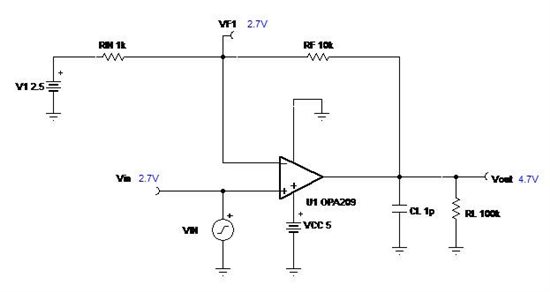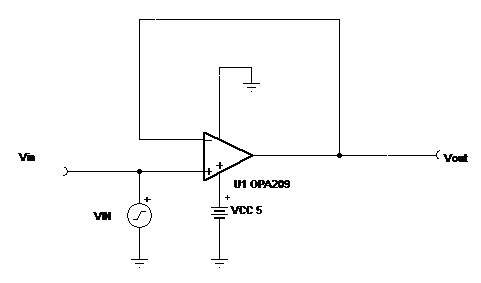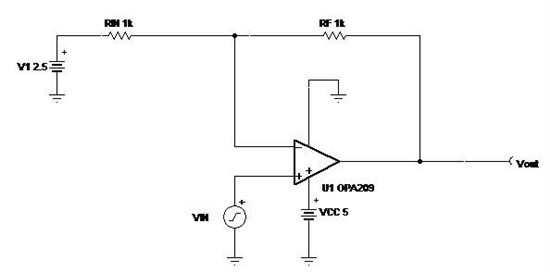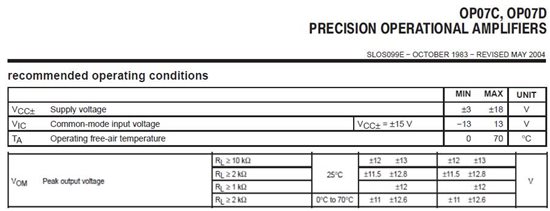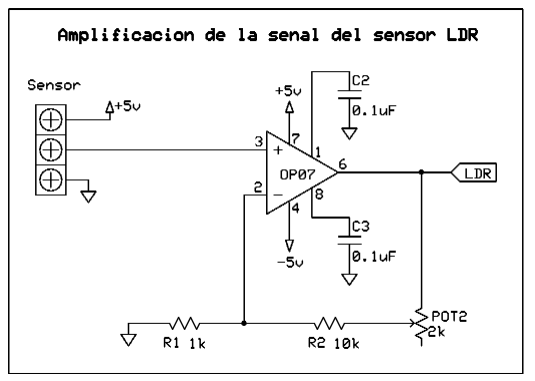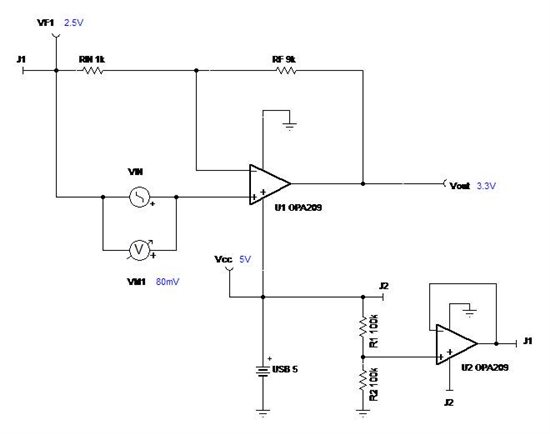Hi, few months ago I bought some OP2209, I did it for the purpose of implemented as a DC signal Amplifier.
I chose it because have a single supply alimentation (in my application I need to use USB alimentation) and the other features that make it a great OpAmp.
In my country I can only find old models of OpAmp (741, lm324, lm358...) but I need the best results that may have.
I want to use the OPA2209 as a Non-Inverting Amplifier but I can´t find a circuit that can provide me a good behavior.
I read the SLOA076 but I don't understand which circuit I have to implement.
In the past I used the OP07 (as a non-inverting amplifier, gain 11, and works great) but now I need to feed the OpAmp with Single Supply (like USB, +5V an Gnd). I did the Non-interting amplifier configuration with resistors values 1kOhm and 10kOhm.
This one is my old configuration that works fine.

Thanks, I hope you can help to solve my situation.
Best Regards.



